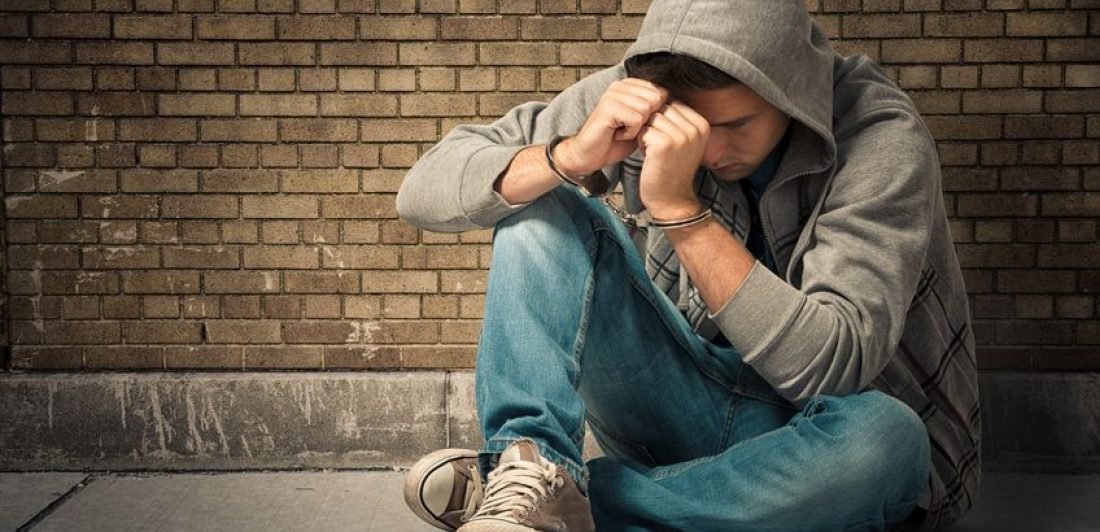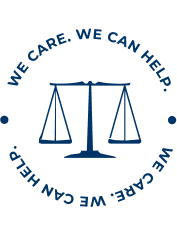According to the U.S. Department of Justice’s Department of Juvenile Justice and Delinquency Prevention, racial and ethnic disparities exist in every processing stage in the juvenile justice system, and they worsen as the child continues deeper into the system. Research has focused on understanding and addressing racial disparities that occur within every step in the juvenile system.
Reformers believe that treating children and adolescents as adult criminals would be harsh, ineffective, and result in corruption. Because of the concept that children and adolescents are developmentally different from adults, are more compliant to rehabilitation, and are not as criminally responsible for their actions, children and adolescents before the court are there for intervention and guidance rather than solely punishment. However, this treatment isn’t as evident when a youth of color is involved.
What are some ways in which racial disparity is seen in the juvenile system?
According to a report sponsored by the Justice Department and six of the nation’s leading foundations, Black and Hispanic youths are treated more severely than white teenagers charged with comparable crimes at every step of the juvenile system. In addition, the report found that minority youths are more likely than their white counterparts to:
- be arrested,
- Detained in jail,
- Transferred to the adult justice system
- sent to juvenile or adult court for trial,
- Be convicted and
- given longer prison terms, leading to an impact that can be seen with each step into the juvenile justice system.
According to the Sentencing Project, overall juvenile placements within the system fell 54% between 2001 and 2015, with numbers reduced for white, Black, Latinx, and Native youth. However, it was noted that because numbers of white placements declined, there still exists a significant racial disparity in the juvenile placements. The racial disparity between white and Black youth increased by 22%, with Black youth more than five times as likely to be detained or committed than white youth.
During that time, racial disparities increased in 37 states and declined in 13 states. Broad discretion across the juvenile justice system means implicit and sometimes explicit bias can influence decisions across the entire juvenile justice system process. The effects of these disparities are severe, and especially when youth are found among the adult criminal justice system, increasing the chances of committing suicide, having psychiatric symptoms, and recidivate than the youth in juvenile facilities.
Implicit Biases plays a role in Disparities
Implicit bias results when we use cognitive shortcuts to filter information, fill misunderstanding, and categorize people and evidence. This often happens and is seen in fast-paced environments, such as juvenile courts. Because of the implicit bias, many people have been wrongly led to associate youth of color with crime and dangerousness, and often implicit biases impact juvenile justice system decision-makers. Pervasive stereotypes falsely suggest that youth of color are prone to violence and crime, aren’t in school, are unwilling to work, and are more likely to be incarcerated at some point in their lives.
Although there are debates if implicit bias does play a role in juvenile justice disparities, a wider body of research supports that there is some bias at the root of these disparities. It is essential to recognize the implicit bias among the actors in the juvenile justice system and the detrimental effects on the youth of color to ensure a fair and just system for all.
Are there disparities within gender?
Although there has been an overall decline in juvenile involvement in the juvenile system, girls’ involvement has increased dramatically. Gender differences influence whether girls are arrested in the first place and affect their success in rehabilitation.
Despite efforts to provide juvenile offenders with the same rights and protections as adults and address gender issues in the system, girls continue to be tested differently than boys. Girls are continued to be disproportionately detained for status offenses and are increasingly arrested for assault charges. Some of the status offenses include truancy, running away, and incorrigibility.
A report out of the Center on Poverty and Inequity at Georgetown Law examines the disparity in treatment among Black girls by various system actors:
- Black girls are 2.7 times more likely than white girls to be referred to juvenile justice and are 1.2 times more likely to be detained.
- Judges will hand down more severe dispositions to Black girls than to white girls, even after considering the seriousness of the offense, prior record, and age.
- Prosecutors are 20% more likely to formally petition in cases involving Black girls than in cases involving white girls.
- Black girls are three times for likely to be removed from their homes and placed in state custody than white girls.
The Georgetown report argues that this might be because “the perception of Black girls as less innocent and more adult-like may contribute to more punitive exercise of discretion by those in a position of authority, greater use of force, and harsher penalties.” This “adultification” among the Black youth, and especially among Black girls, is what most likely contributes to the disproportionate representation of Black girls who are incarcerated.
What are the national attempts to address disparities in the Juvenile system?
As of 1974, Congress enacted the Juvenile Justice and Delinquency Prevention Act, which led to a supportive role of the Office of Juvenile Justice and Delinquency Prevention to help local and state agencies prevent delinquency and improve the juvenile system. The Act was amended in 1988 to demand that state and local agencies monitor and assess disproportionate minority confinement.
Through the JJDP Act, it is required by the OJJDP that states gather race and ethnicity information at nine different juvenile justice contact points, which includes:
- Arrest
- Referral
- Detention
- Petitions
- Detention
In addition, it requires that states submit a report that says how they are addressing disproportionate minority contact through identification of racial disparities, assessment to factors contributing to racial disproportionality, monitoring the changes in racial disparity trends over time, and implementation and evaluation of the efficacy of interventions to reduce racial disparities.
However, there are no requirements about what type of interventions must be in place to decrease racial disparities in the juvenile system. Few studies are looking at the progress made since enacting the Act. However, a report prepared under the OJJDP showed that nine jurisdictions successfully achieved reducing disproportionate minority contact at different juvenile justice stages for Hispanic, African American, and Native American youth.
In an interview with the stakeholders, it was learned that the strategies used to attain these outcomes included:
- Focusing on data
- Increasing collaboration with other agencies and community organizations
- Concentration on disproportionate minority contact reduction
- Making use of leadership on the local and state level
- Changing institutional culture
- Creating alternatives to formal system involvement
- Affiliating with national juvenile justice reform initiatives
- Making disproportionate minority contact reduction a long-term priority
The Carlson Law Firm Cares
Juvenile law differs from the laws governing adults. Therefore, it is important to have someone on your side knowledgeable in this area of law. Here at The Carlson Law Firm, we have juvenile defense attorneys that will work tirelessly on your behalf and will prove a custom defense tailored to your behalf. If your child has been charged with any crime or needs representation for a school disciplinary hearing, contact us today to speak to one of our juvenile defense attorneys. We care, we can help.





